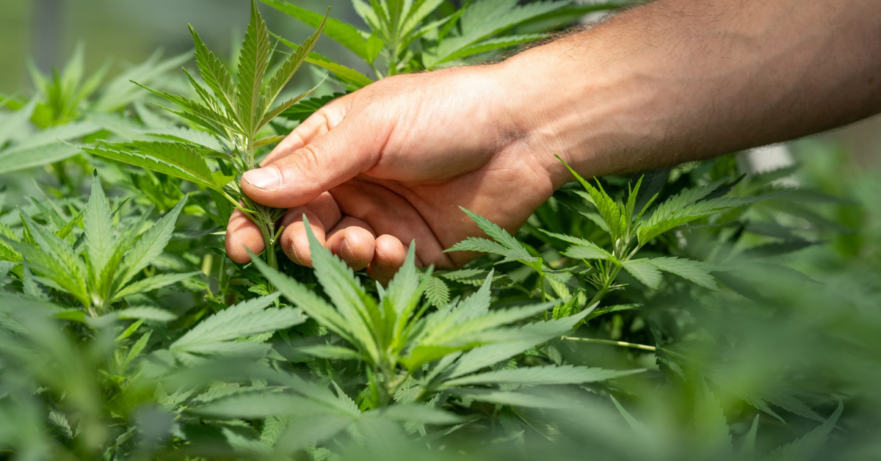With the cannabis industry only legally being introduced in Canada in the past 3 years, one of the questions that has often risen is how to dispose of cannabis waste.
Cannabis waste includes every part of the plant except for the roots, non-viable seeds and mature stocks of the cannabis plant. This means that the flowers, leaves and seeds of the plant are all considered cannabis waste, as well as the oils it produces.
During the production of cannabis and hemp oil, there is solvent used to extract the CBD and THC oil from the plants. This solvent is also included under the label of cannabis waste.
Cannabis and Hemp Extraction Methods: What is Ethanol Extraction?
Disposing cannabis solvent or biomass waste has been regulated and implemented by the federal and provincial governments, with more specific details coming from the provincial government. In this blog we will discuss how the government has set up the disposal of cannabis and hemp waste.
What are the methods of disposing cannabis waste in Ontario?
When disposing cannabis biomass waste, regulations dictate the biomass must be broken down and destroyed before disposing of it. To help protect others, especially children and youth, Health Canada has suggested cannabis biomass be unfit for consumption after disposing of it.
1 – The ‘cat litter’ method
One method is to blend cannabis with water and mix it with cat litter to mask the odour, then throw it in the garbage. Unfortunately, the only solution to disposing of cat litter cannabis waste is via landfills.
This method is one of the easiest, but also one of the costliest since it requires one ton of cat litter to one ton of cannabis waste, not to mention the cost of dumping double the weight for one ton of cannabis waste. This is not ideal for the environment, and definitely not ideal for companies seeking to decrease their carbon footprint.
2 – The incineration method
Another option to destroy cannabis biomass waste is by incineration. However, this is less than ideal for companies that are not in the proper zones for this type of disposal. The cannabis smoke or vapor would have to be released without being exposed to individuals, which often means the location of your facility is important and the potential for large amounts of capital investments just for disposing of cannabis biomass.
If you were not already set up to burn other biomass waste, then this would also require municipal fire codes and building permits to set up the infrastructure.
3 – The best method: compost it!
A much more eco-friendly option to dispose of cannabis biomass waste would be to compost it. By definition of destroying cannabis biomass, this is included in making cannabis waste unfit for consumption.
By grinding it down and mixing it with equal parts of compostable material, the compost can then be sent out to an authorized composting facility, or composted onsite.
4 – The in-vessel composting method
There is also another option which includes in-vessel composting. This can reduce the amount of time spent disposing a batch of cannabis waste, as well as reduce the odour from the compost and cannabis waste itself.
However, this method is very expensive and unless a company is already in the composting business, in-vessel composting can be a waste of an investment.
What about cannabis solvent waste?
Much like cannabis biomass waste, cannabis solvent waste has to be destroyed before disposing of it. Any substance that comes in contact with cannabis, THC or CBD oil, must be disposed of under the EPA regulations for cannabis disposal.
All methods of disposing cannabis biomass waste and solvent waste can be found in the EPA regulations. So long as a method is specified under the EPA, companies are eligible to utilize that method of disposal.
Do you need more information on how to correctly and safely dispose of your cannabis waste in Ontario? Get in touch with Maratek Environmental today. Our team of waste disposal and solvent recycling experts would love to answer your questions.

